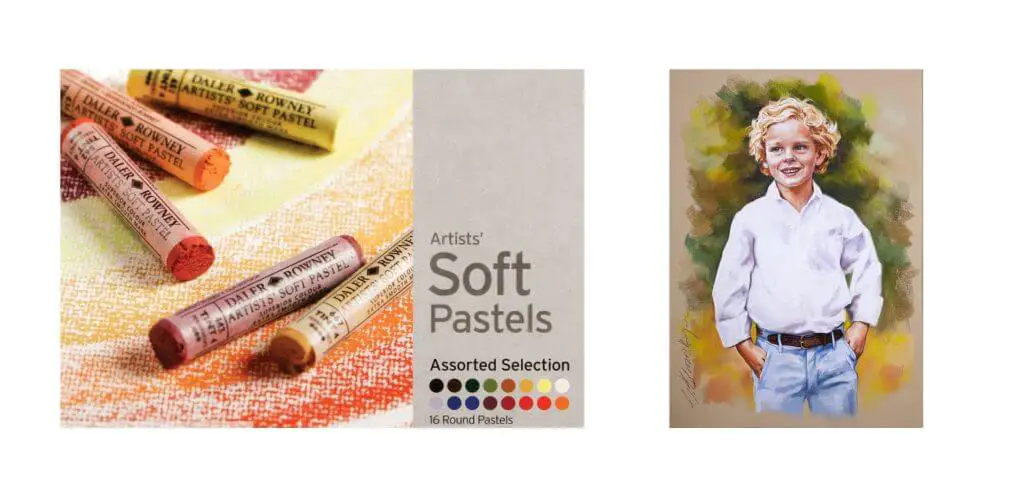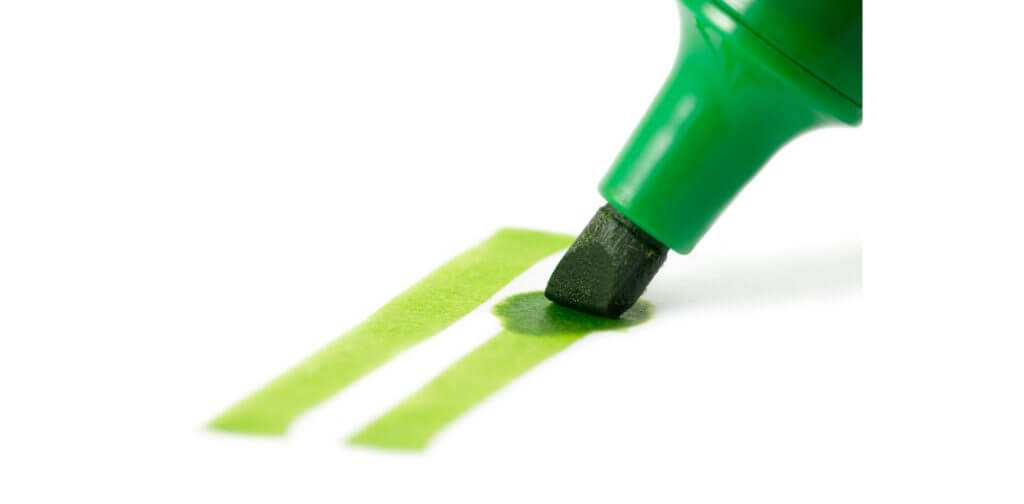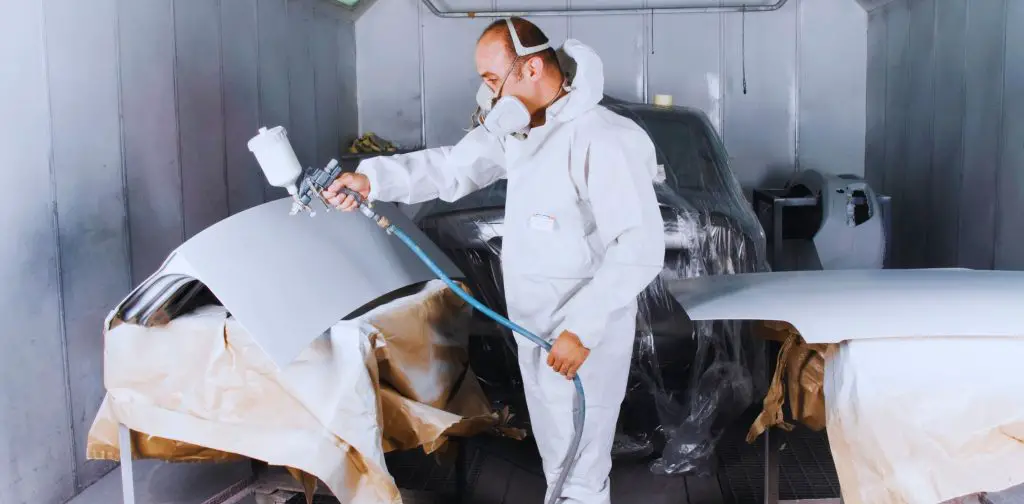Foam board is the most versatile product for art projects due to its lightweight construction and ease of building 3-D structures. As a result, architects can create various forms according to their preferences by adapting. As a result, craft enthusiasts can also benefit from the materials.
Increasingly, people are painting on it instead. The surface must be explicitly primed for the best finish and to prevent warping.
Paint can cover the white outer layers of foam board and improve its appearance, but specific colors should be used; just painting on foam core board will cause the board to bend.
Table of Contents
How Do I Choose the Right Paint for Foam Board?
Artists should keep in mind that foam boards contain a center that’s vulnerable to UV rays, punctures, and dents since the top layer can’t withstand too much abuse.
Would this all affect the paint you will use on your foam board?
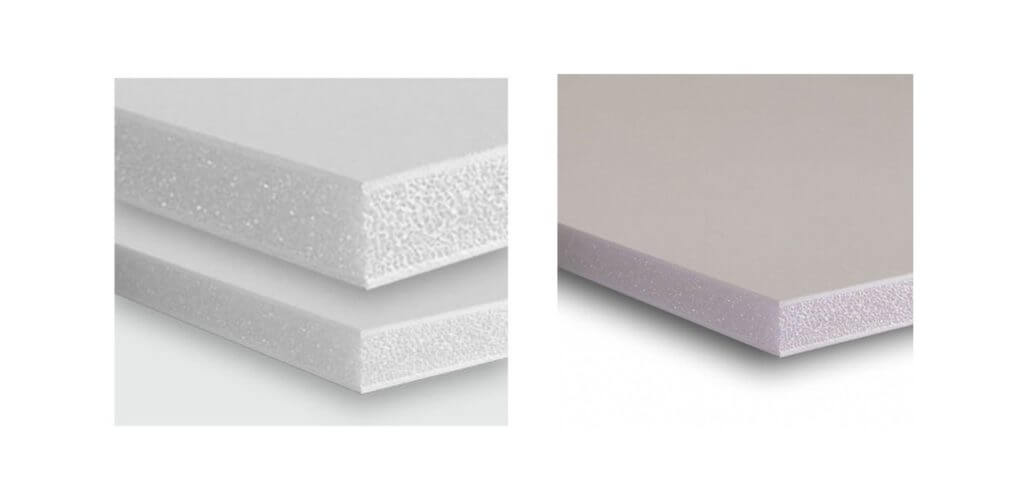
Acrylic paint is the best for painting foam boards because it does not need to blend with solvents, unlike oil paints.
Acrylic paint has several advantages, including quick drying time, durability, and versatility. A final benefit of this paint is an even sheen, so no base coat is required.
Tip – If you want to paint your foam board, you should avoid oil-based paints since they contain dangerous chemicals. In addition, oil paint dries slowly and is likely to peel off the surface once applied.
Is it a foam board advantage or a disadvantage?
In addition to its flexibility and many uses, foam board is available in various colors. Additionally, it has some disadvantages, which I have discussed in this guide. So let’s find out what they are.
- No poisonous chemicals are present in foam board.
- It has a lot of versatility.
- A craft knife can be used to force it into the desired shape.
- Acid-free surfaces are ideal for photograph adhesion due to their ability to resist acids.
- Foam board can be recycled.
- The Foam board is heat-resistant.
- Foam boards are impact-resistant.
Weaknesses – Foam boards tend to shed with time.
How Do You Deal With Wet Foam Boards?
A house’s exterior foundation is often made of foam board, easily damaged by water. Therefore, the trajectory your foam board will follow when wet will vary based on the material you use.
Consequently, the first step in salvaging a damp foam board is to assess the area that has the problem. Next, examine whether the foam board is damp due to condensation, moisture buildup, flooding, or leaks.
Depending on how much structural moisture is present, you can either use a towel to dry the affected spot or allow it to evaporate. The best part? To speed up the drying process, you can mount fans or a dehumidifier against the damp area.
Ideally, if the foam board is too wet, it can be uninstalled to remedy it.
What about flattening the painted foam board?
Try getting it wet and bending it in the other direction with string or something similar. But don’t bend it too much, or it could break. The paper will work fine if you peel off both sides and let it dry before using.
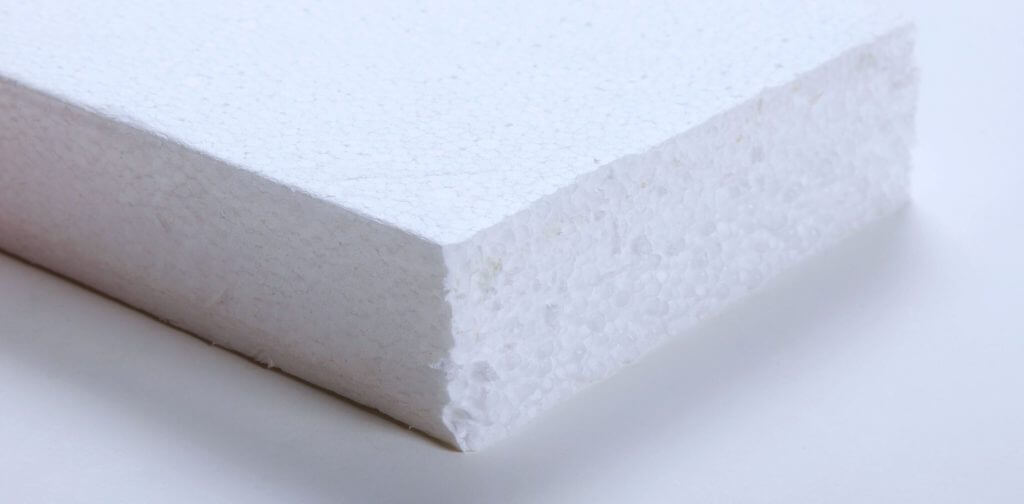
Also, what makes cardboard warp? Moisture imbalance between the top and bottom liners is one of the leading causes of warp. A tension imbalance between the top and bottom liners is another leading cause of warp.
A misaligned component on the corrugator is another major cause of warp.
- The paper is stressed.
- Tension issues.
- There are variations in heat throughout the product.
- Roughness.
Is it possible to apply Modge Podge to foam board this way?
Modge Podge must be sprayed on to prevent the foam board from warping. You can also use canvas. Despite its lightweight and rugged hanging, it will not bend. For this reason, it makes a great foam board.
What are the best methods for preventing the warping of cardboard?
The following steps will help.
- The first step is to apply gesso to the cardboard before painting.
- Apply a second coat of gesso after the first coat has dried for 24 hours to achieve the best results.
- The cardboard surface can be sanded with 500-grit sandpaper if it is too rough.
- Use a dry sponge or brush to apply paint to the cardboard to prevent it from warping.
Cut the foam board into curved shapes.
Using foam board and masking tape, you can create precise and solid shapes by covering them with paper mache. Check out my article to learn how to make foam board antlers.
The process of making painting proofs using cardboard.
Several ways can be used to reclaim your painting cardboard from the packaging. Choosing sustainable paint will help you avoid your painting fading.
To achieve the best results, follow these steps:
Step 01: Prepare your cardboard.
You can paint the cardboard without wrapping it because the priming gives it a rough texture. You can also ensure that the color will be original, smudge-free, and bold.
Steps involved in applying gesso include:
First, we prepare the surface
Put gesso on the cardboard using a paintbrush. There is a white, transparent gesso available on the market. You can use either.
Step 02: Apply the Second Coat of Gesso.
Apply the second coat after 24 hours after the first coat has dried. Keep going until the texture you want is achieved.
Step 03: Smooth the Surface with Sandpaper.
Gesso can sometimes result in a rough surface. It can be smoothed with sandpaper. Then, prepare the board for painting by sanding it.
Choose a combination of these suggestions:
Make sure you do the same thing on both sides. You can also glue some paper down on the other side or paint the other side if you wish.
- When it dries, place heavy books underneath it.
- To adhere items to foam board, use glue dots instead of spreading the glue all over the surface.
- Attach items with glue sticks rather than glue.
- Paint sprayed from a can is less wet than paint applied with a brush, so it’s preferred for painting. Allow each coat to dry completely before adding another. Spread thinner layers of spray paint over the surface. Spray paints with solvents can melt foam (the stuff in the middle), so paint only the paper covering the outside of the board unless you want that look.
- Brush on a thin layer of paint then waits until it has dried completely before adding another. If you wish, it can be primed with spray paint, covered with gesso, or covered with mod podge.
- It is possible to remove the paper from the foam board by soaking it in rubbing alcohol first if you do not need it to be stiff. The committee will be less likely to warp if you do so, and you can shape, bend, or apply it to a flat surface.
Let’s talk about how to cut foam board now that we know how to keep it from curling up.
To begin with, measure and mark the edges with a metal ruler, ideally, one with core backing so it won’t slip. Place the ruler inside your project (so you won’t have to worry about cutting into your project if you decline). Next, use an X-acto or utility knife with a sharp blade to cut through the top layer of paper. Next, cut through the foam a second time and then a third time to get through the final layer of foam board.
FAQs
Can I use any type of paint on foam board?
It’s recommended to use acrylic paint on foam board as it dries quickly, adheres well, and doesn’t contain harmful chemicals. Avoid oil-based paints as they can be damaging and slow to dry.
Why does foam board warp when painted?
Foam board warps when painted because the moisture content on one side differs from the other. This imbalance can cause the board to bend. Additionally, the paper covering the foam board can absorb moisture from the paint, leading to warping.
Can I use watercolor paints on foam board?
Watercolors, known for their transparency and flow, can be used on foam boards. However, it’s crucial to be cautious with water application, as foam boards can easily become saturated, potentially leading to warping. Start with light washes, test your techniques on a small piece, and consider sealing the foam board before using watercolors for optimal results
Conclusion
Painting on foam board can be a fantastic way to bring your artistic visions to life, but it does come with its challenges, particularly the risk of warping. By choosing the right type of paint, such as acrylic, and taking precautions like priming the surface with gesso, you can significantly reduce the chances of your foam board warping during the painting process.
Additionally, if you’re dealing with a damp or wet foam board, quick action can help salvage it, and remember that proper drying and flattening techniques can make a significant difference.
So, go ahead, unleash your creativity on a foam board, and enjoy the endless possibilities it offers. Just remember to follow these guidelines to keep your foam board creations flat, smooth, and vibrant.
For more than 15 years, I’ve been immersed in the world of painting, and I’ve created this website to share my passion and knowledge with fellow art enthusiasts. My artistic journey has led me through various mediums, techniques, and styles, always pushing the boundaries of expression. I invite you to explore the captivating realm of art with me – a journey of creativity, self-expression, and the endless possibilities that painting offers.
Feel free to reach out to me via email at leanna.ange@gmail.com. Whether you have questions, want to share your own artistic experiences, or simply connect, I’m here to engage in the wonderful dialogue that art inspires. Looking forward to hearing from you!

